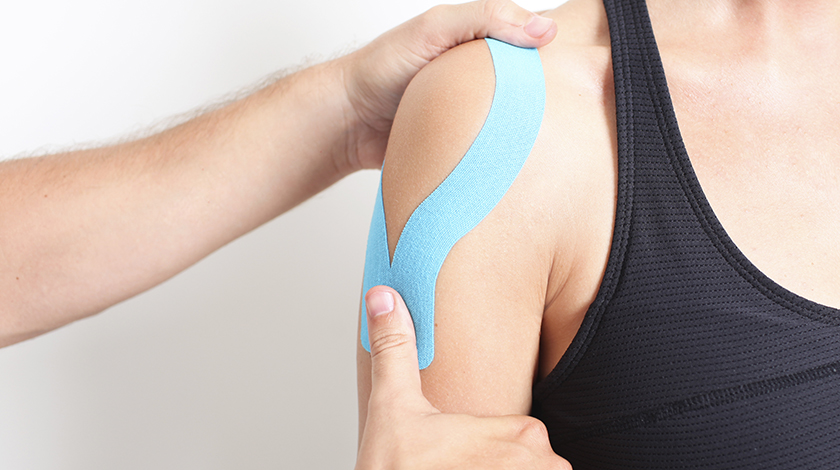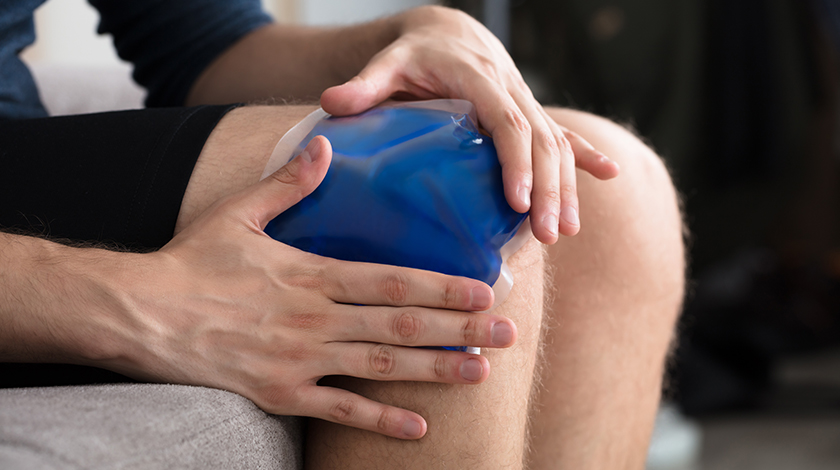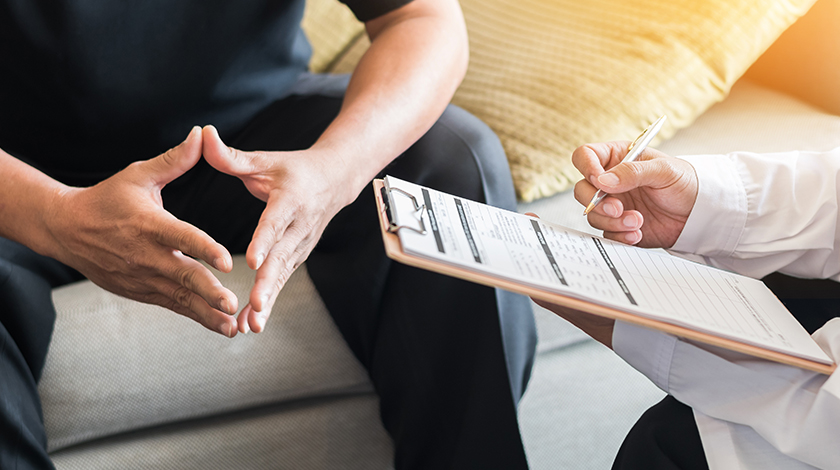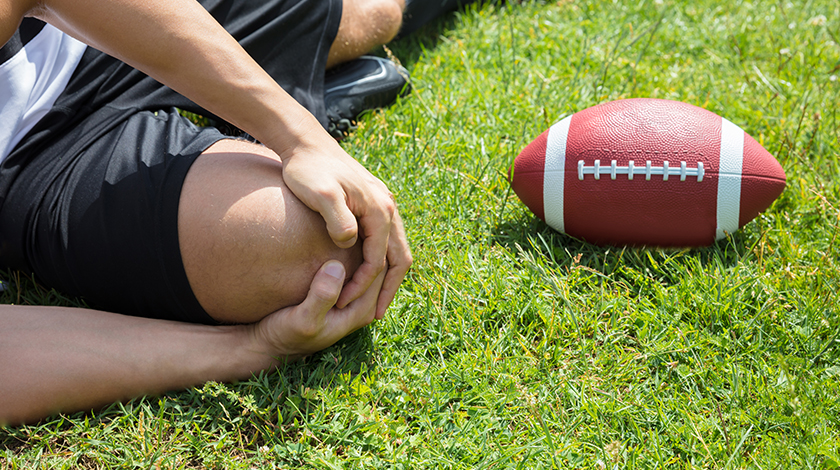Rugby players are known not only for their courage and fighting spirit on the field, but also off it — just ask Wakefield Trinity winger Tom Johnstone, who battled 10 months of rehab due to an excruciating knee injury, and returned with a victorious hat-trick in his team’s first game of the season.1 Rugby is a vigorous contact sport, and players are no stranger to painful injuries. But with careful injury management, players are usually able to recover and get back to fighting fitness in no time at all and we can all learn from their experience.
Athletes and sports doctors swear by the P.R.I.C.E.D Protocol, which stands for the following.2
1. Protect

Protect the injured area by avoiding excessive strain on it. Injured joints should be taped or braced, abrasions should be bandaged and strained muscles should not be subject to heavy loading.
2. Rest
Sufficient sleep is essential for the injured. During sleep, your body repairs itself, working its way towards recovery.
3. Ice

Apply some petroleum jelly or oil to the affected area to prevent cold burns, then apply crushed ice with a damp towel. Icing the injured area during recovery helps subdue swelling.
4. Compression
Compression is an effective way to treat soft tissue injuries. Apply a compression bandage firmly to the injured area, while maintaining blood circulation.
5. Elevation
Elevating the injured area above the level of the heart reduces the flow of blood to the area. It helps controlling swelling and thus decrease pain.
6. Diagnosis

In any event where pain or swelling persists beyond 48 hours, a doctor should be brought in for advice. It’s your health and your body, don’t take the risk of self-treatment!
Sources
- http://www.bbc.com/sport/rugby-league/42948499, visited 25 February 2018.
- https://www.hkrugby.com/pages/injury-management, visited 24 February 2018.

